Description
Borage (Borago officinalis) is a hardy annual herb known for its striking blue star-shaped flowers, fast growth, and wide range of benefits in food, medicine, and garden ecology. Native to the Mediterranean but naturalised in many parts of the world, borage thrives in full sun and well-drained soils, self-seeding readily and returning year after year in favourable conditions — making it a resilient, easy-care plant for Australian gardens.
The entire plant is edible. Young leaves have a mild cucumber-like flavour and can be used fresh in salads or lightly cooked as a leafy green (though mature leaves become hairy and coarse). The vivid blue flowers are not only decorative but also edible, commonly used to garnish salads, cakes, and drinks, or frozen into ice cubes for a floral touch.
Borage is well known in herbal traditions for its cooling, anti-inflammatory, and adrenal-supporting properties. Anecdotal use includes infusions for mild stress relief, skin inflammation, and hormonal balance, particularly for women. Borage seed oil, rich in gamma-linolenic acid (GLA), is used commercially as a supplement, though extraction is typically industrial and not a home-scale process.
In permaculture systems, borage is a classic support species. Its deep taproot mines nutrients from subsoil, making them available at the surface. It attracts bees and other pollinators in large numbers, and its rapid biomass production makes it excellent for chop-and-drop mulching. It’s also said to improve the flavour and growth of nearby tomatoes, squash, and strawberries, making it a popular companion plant.
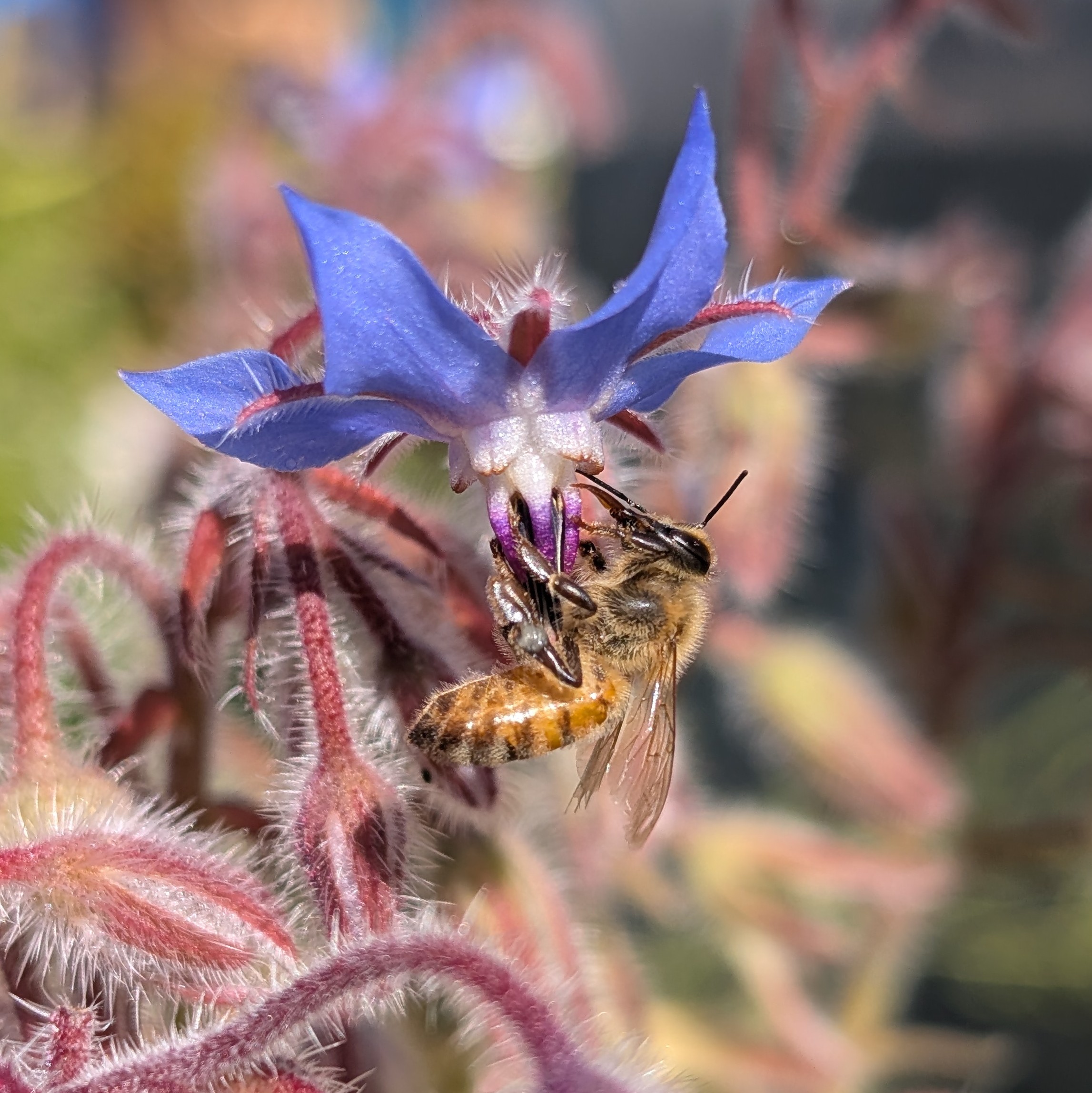
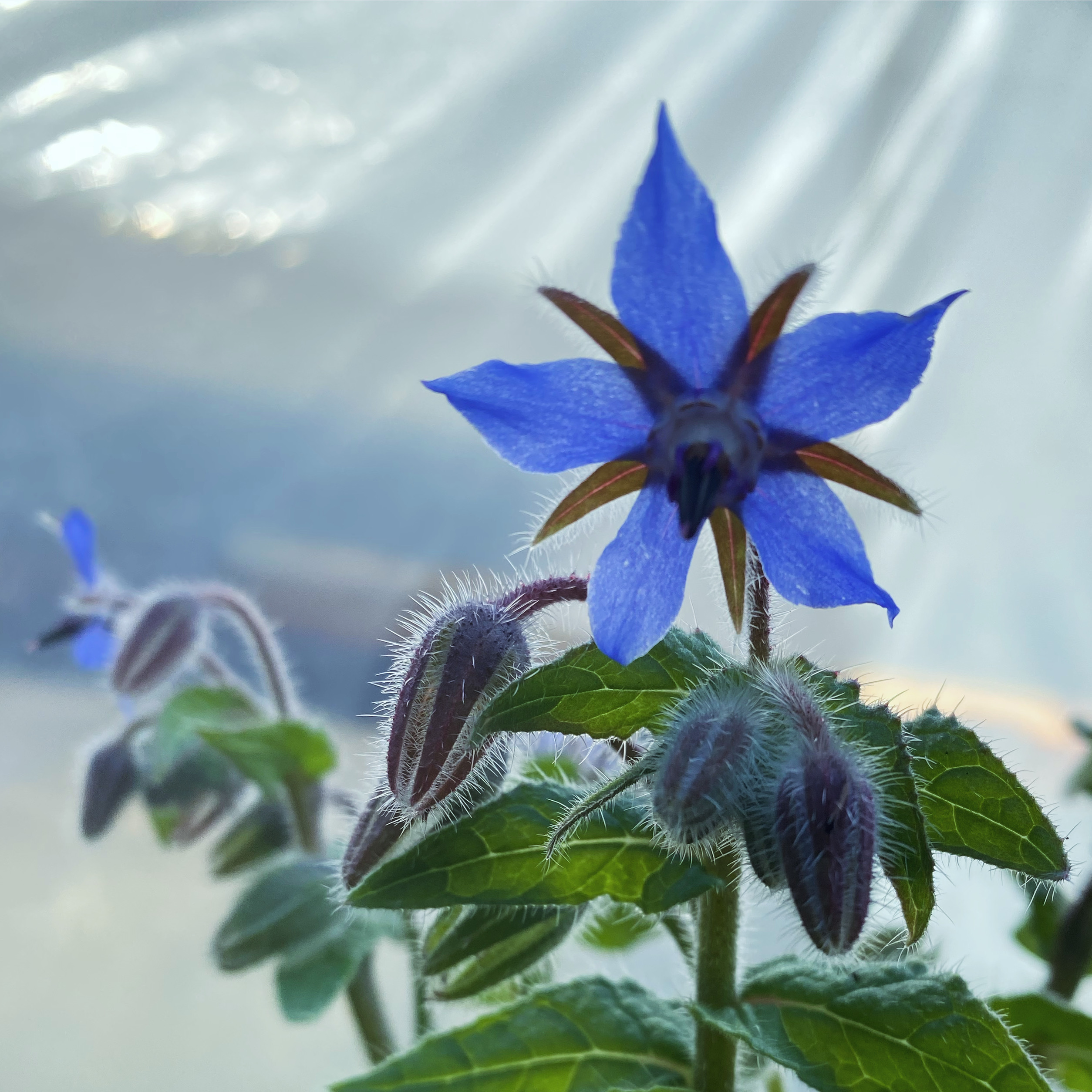
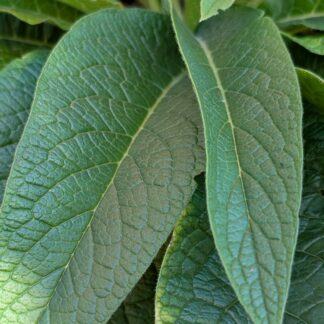
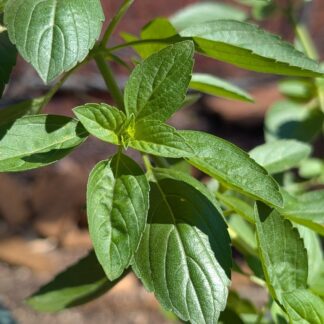
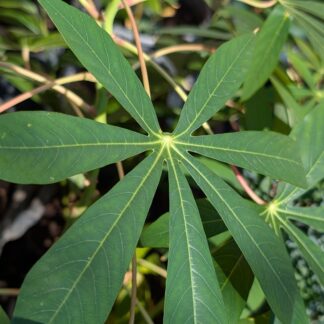

Reviews
There are no reviews yet.